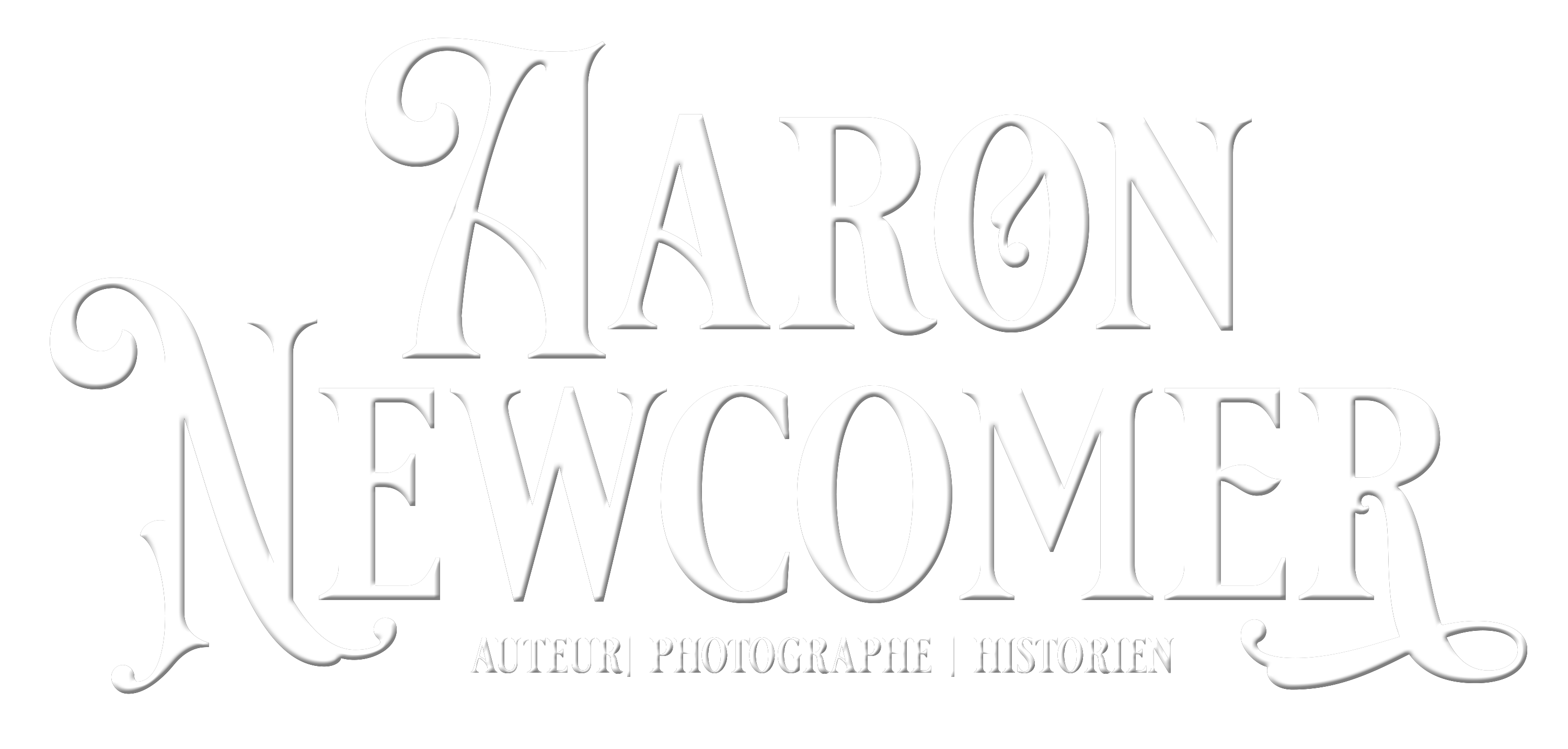I recently took a trip to Germany and France with my wife and I took the opportunity to trace down some Lefaucheux and pinfire related things!
The trip started with a visit to the European Cartridge Research Association international show in Aerzen, Germany where I was able to meet some friends who I had previously only conversed with online and others who I had not seen for a couple years due to COVID. We stayed at a fancy castle and really enjoyed the pristine landscape and atmosphere of the area.



I was able to pick up some great cartridges for my collection including a 13x52R Pinfire carbine cartridge made by the Ottoman Empire. It dates to around the 1880s and was probably made in the Tophane Factory in Constantinople. The headstamp is a tughra (a calligraphic signature of the Ottoman Sultans). This particular one should be of “His Imperial Majesty, The Sultan Abdülhamid II, Emperor of the Ottomans, Caliph of the Faithful” who reigned over the Ottoman Empire from 31 August 1876 – 27 April 1909. It is possible it was made during the time of the prior Sultan as well.
I also picked up a 28g cartridge made for a Czech military pistol made by Anton Vincenz Lebeda that was issued to cavalry officers as well as a 4g Eley pinfire shotshell.



But the highlight would have to be a Pichereau-patented percussion nipple used on his Pauly system rifles. These were also used on the first rifles Lefaucheux made after buying the company from Pichereau.
ABONNEZ-VOUS AU BLOG PAR EMAIL
À PROPOS DE MOI
 Bonjour, je m'appelle Aaron Newcomer. Je suis collectionneur et chercheur sur les systèmes d'armes à feu à chargement par la culasse du début du 19e siècle, avec un intérêt particulier pour les travaux de Jean Samuel Pauly et Casimir Lefaucheux. Je collectionne les cartouches et les documents liés à ces types d'armes à feu et je mène des recherches sur ces sujets, approfondissant ma compréhension et ma connaissance de ces armes historiques et leur place dans l'évolution de la technologie des armes à feu. Ma collection et mes recherches reflètent mon engagement à préserver et à comprendre l'histoire et les innovations techniques de ces systèmes d'armes à feu anciens.
Bonjour, je m'appelle Aaron Newcomer. Je suis collectionneur et chercheur sur les systèmes d'armes à feu à chargement par la culasse du début du 19e siècle, avec un intérêt particulier pour les travaux de Jean Samuel Pauly et Casimir Lefaucheux. Je collectionne les cartouches et les documents liés à ces types d'armes à feu et je mène des recherches sur ces sujets, approfondissant ma compréhension et ma connaissance de ces armes historiques et leur place dans l'évolution de la technologie des armes à feu. Ma collection et mes recherches reflètent mon engagement à préserver et à comprendre l'histoire et les innovations techniques de ces systèmes d'armes à feu anciens.
Pour en savoir plus sur moi et où mes travaux ont été publiés.
SECTIONS DU SITE
ARTICLES EN VEDETTE
Recherche
Articles récents
- The Innovative Firearms of Joseph Alexandre Robert: Revolutionizing 19th Century Weaponry
- The Davoust Shot Concentrator: A French Answer to Unruly Patterns (1855–1859)
- Wohlgemuth’s Break-Action Musket Conversion and Rifled Barrel Insert System
- From Collector to Founder: How My Passion for Historical Documents Led to an AI Startup
- La Naissance de la Cartouche à Broche Britannique : L'Entrée d'Eley dans les Cartouches à Chargement par la Culasse






